My function get_data returns a tuple: two integer values.
get_data_udf = udf(lambda id: get_data(spark, id), (IntegerType(), IntegerType()))
I need to split them into two columns val1 and val2. How can I do it?
dfnew = df \
.withColumn("val", get_data_udf(col("id")))
Should I save the tuple in a column, e.g. val, and then split it somehow into two columns. Or is there any shorter way?

